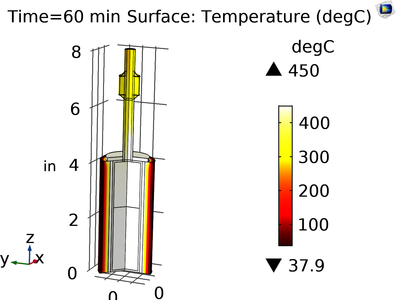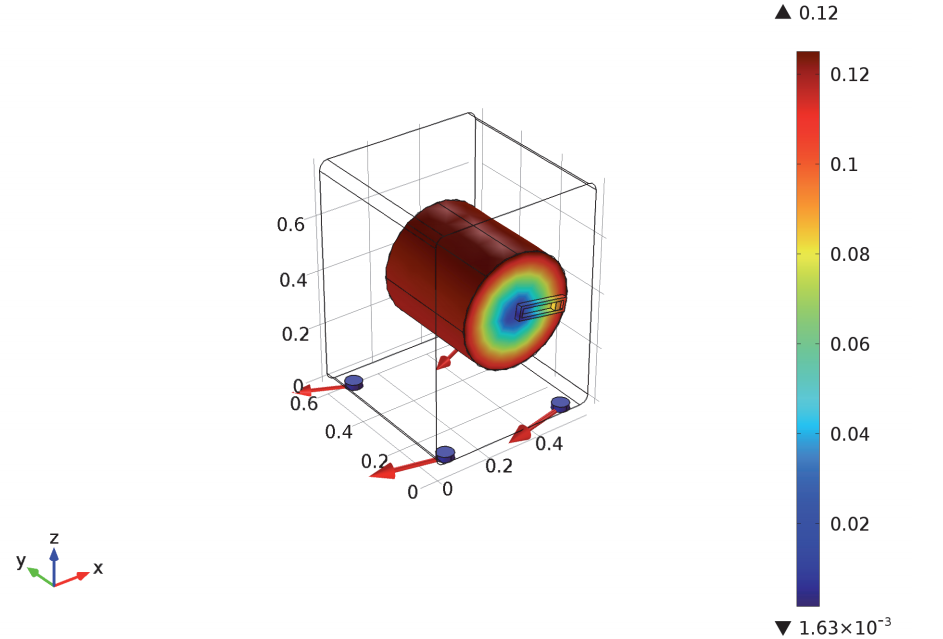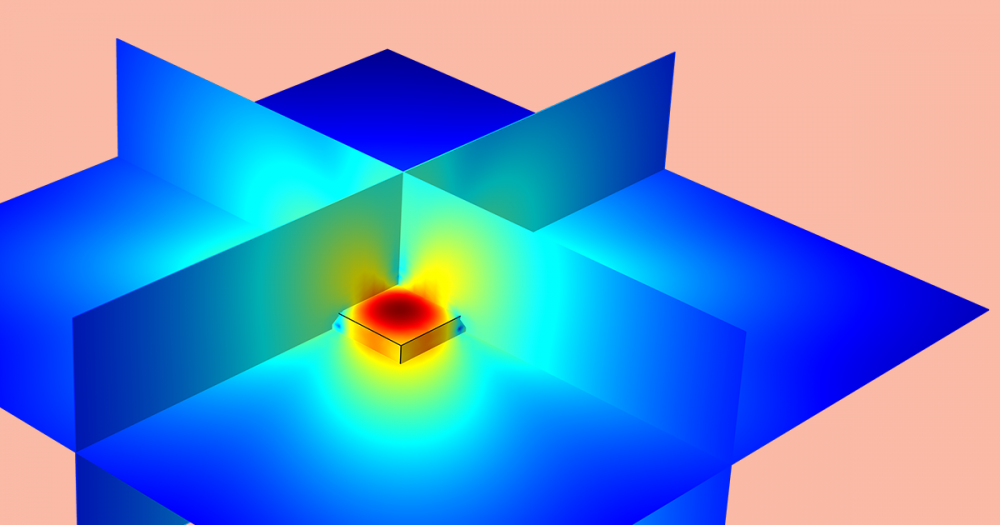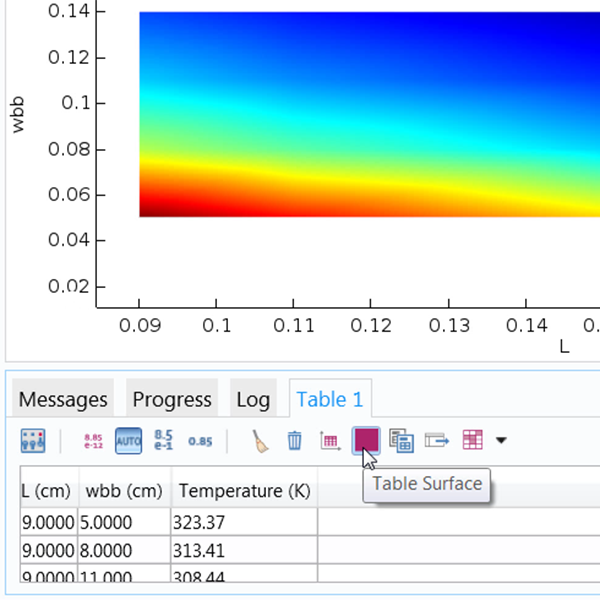
The study of vortex shedding, velocity field, and pressure near the circular cylinder when the fluid comes into any region accepts a lot of importance in the field of computational fluid dynamics. Various studies are available for the flow through the circular cylinders with different approaches where mostly the lift and the drag forces are discussed within limits. There have been made several studies like observation by pressure-driven and other studies about lift force, i.e., the resistance to flow caused by friction factor of obstacles. When such types of problems are under consideration, then one more thing could be discussed more rigorously, which is the drag force applied by these circular cylinders. That complex movement is surrounded freely over the cylinders wrapped up by the flow. When the fluid with any material properties comes to strike with any type of cylinders or obstacles of any shape, the formation of the recirculation at the back of the obstacles often takes place. The study is important because the empirical equations between the vortex’s lengths formed along the cylinder using the linear regression process obtained in this study may be used for future implementation. It was found that the percentage change in the velocity as well as pressure before to after the cylinder is changing their behaviours at Re = 700. For this purpose, two-line graphs before and after the cylinder will be drawn to check the impact of cylinder on both velocity and pressure. We propose to calculate the velocity and the pressure before and after the cylinder. The reattachment length formed at the back of the cylinder and drag force when the fluid comes to strike with the front surface of the cylinder is expressed in terms of Reynolds numbers.


The flow pattern will be investigated by using the Reynolds number from 100 to 1000.


The two-dimensional, incompressible fluid flow problem has been simulated using COMSOL Multiphysics 5.4 which implements finite element’s procedure. In this study, we intend to investigate the steady-state and laminar flow of a viscous fluid through a circular cylinder fixed between two parallel plates keeping the aspect ratio of 1 : 5 from cylinder radius to height of the channel.


 0 kommentar(er)
0 kommentar(er)
